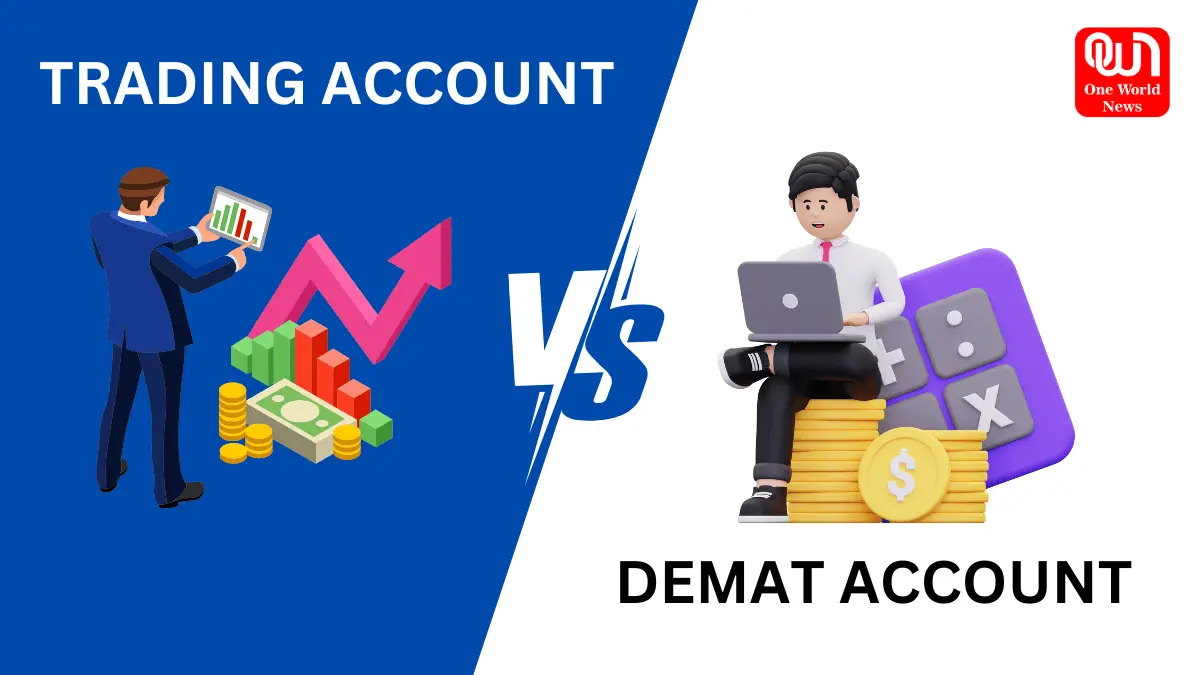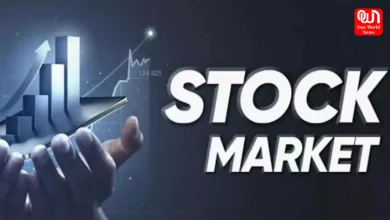How is a trading account different from Demat account?
Discover the distinction between trading and Demat accounts in the Indian stock market—an essential guide for budding investors. Clear, concise, and crucial!
Trading Account vs. Demat Account: Essential Differences Explained for New Indian Investors
Entering the world of Indian stocks might be likened to entering a busy marketplace that is full of unfamiliar vocabulary. You will frequently hear the terms “Demat account” and “trading account.” However, what are they precisely, alongside how are they different? Together, they can solve this financial riddle and prepare you to become a stock market master!
1. The Powerful Pair of Stock Market Achievement
Consider Demat accounts and trading as your dependable companions on the stock market journey. Even though they complement one another, each has a special function in your investing path. Being a shrewd investor requires knowing how they vary.
2. Trading Account: Your Purchase and Sale Portal
Your active stock market interface is a trading account. You can use it to make purchases as well as sell orders for different kinds of securities. Consider it to be your virtual advisor, carrying out your financial choices. This account allows you to transfer money for purchases by connecting to your bank. Additionally, it offers up-to-date market data, which aids in decision-making. All of your transactions are kept on file in your trading account, which allows you to see your investing activity over time.
3. Digital Stock Locker: Your Demat Account
Your investments are stored online in a secure Demat account, which barges for dematerialized accounts. It electronically holds stocks, bonds, mutual funds, and other securities. Cutting out with real certificates the potential for theft or loss. Trading securities is made easier in that the procedure happens between demat accounts belonging to sellers and buyers more quickly and effectively. And because everything you own is in one spot–just like modern Americans think digital information ought to be–they facilitate keeping track of portfolios. This account will have dividends and bonuses directly credited.
4. The Dynamic Pair at Work
Together, the trading as well as Demat accounts provide seamless transactions. You use your trading account to place an order when you intend to purchase shares. The shares are promptly credited to your Demat account after they are performed. The shares leave your Demat account when you sell them; the process is started through your trading account. Efficient, paperless transactions are ensured by this seamless connectivity. It’s a simplified procedure that combines the Demat system’s safe storage with the features of the trading platform.
5. The Power of Partnership: Why You Need Both
The first thing necessary for a thorough understanding of the stock market is a trading account as well as Demat account. Your electronic investment portfolios are all in the Demat account of yours. When they are brought together, it becomes a complete trading accompanied by a storage system for securities. However, such exchanges ensure safety in investment returns while completing transactions at speed and efficiency. It is similar to having a safe vault and an experienced trader working together.
Conclusion
It need not be as difficult to navigate the Indian stock market as it is to get through rush-hour traffic in Mumbai. The first step to becoming a confident investor is to understand the functions of trading and demat account. Recall that your trading account gives you easy access to the stock market mela by enabling you to purchase as well as sell. Your Demat account serves as a digital safe where your electronic savings are kept secure.
Like this post?
Register at One World News to never miss out on videos, celeb interviews, and best reads.








